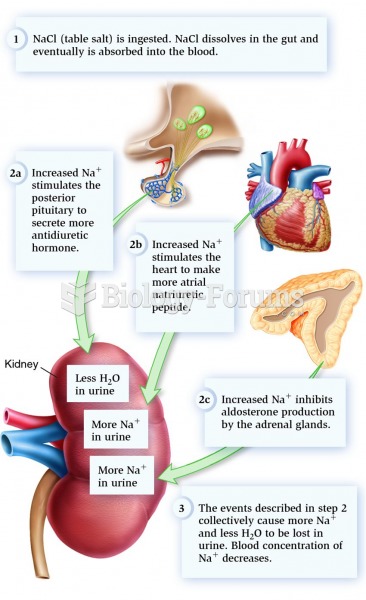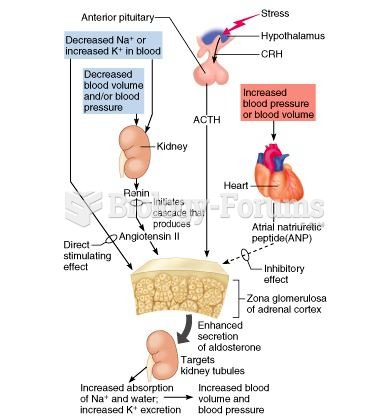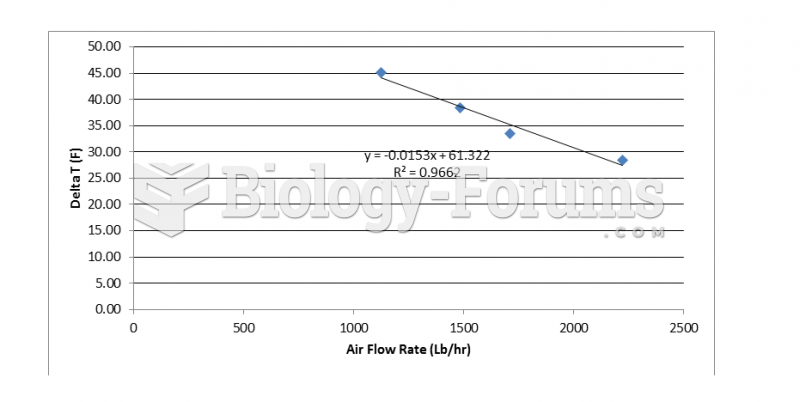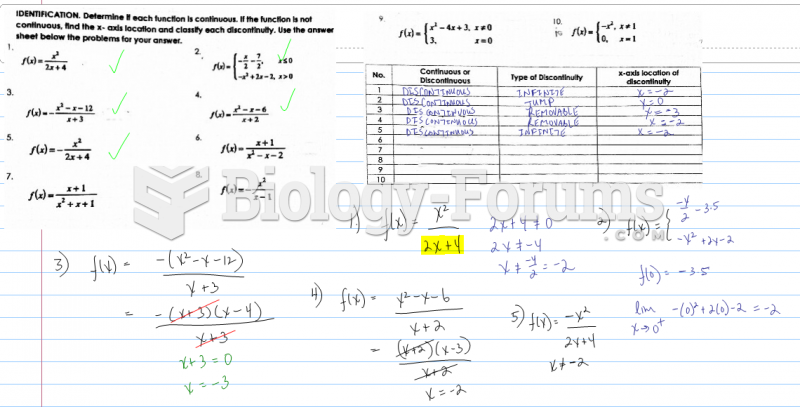Mr. Wizard's Magic Shoppe had the following condensed balance sheet at the end of operation for 2010:
Mr. Wizard's Magic Shoppe
Balance Sheet
December 31, 2010
Cash 40,000 Current Liabilities 35,000
Other current assets 60,000 Long-term Notes Payable 40,000
Total current assets 100,000 Bonds Payable 50,000
Investments 25,000 Capital Stock 150,000
Fixed assets (net) 110,000 Retained earnings 80,000
Land 120,000
Total assets 355,000 Total Liabilities and Equity 355,000
During 2011, the following occurred
a. Mr. Wizard's sold some of its investments for 13,000 which resulted in a gain of
300 after taxes. The gain (net of taxes) has been included in the company's 2011 net income.
b. Additional land for a plant expansion was purchased for 25,000.
c. Bonds payable were paid in the amount of 10,000.
d. An additional 35,000 in capital stock was issued.
e. Dividends of 15,000 were paid to stockholders.
f. Net income for 2011 was 48,000 after allowing for 15,000 in depreciation.
g. A second parcel of land was purchased through the issuance of 10,000 in bonds,
and 5,000 in long-term notes payable.
Required:
a. Prepare a statement of cash flows for the year ended 12/31/2011.
(check figure: ending cash balance = 72,500)
b. Prepare a condensed balance sheet for Mr. Wizard's at December 31, 2011.
Question 2
Why is the price/earnings ratio a common and popular technique for evaluating stocks? Why do fast growing firms have higher P/E ratios? What is a long-run average P/E ratio for larger publicly traded firms in the United States?
What are some limitations to using this technique to evaluate stock prices?







